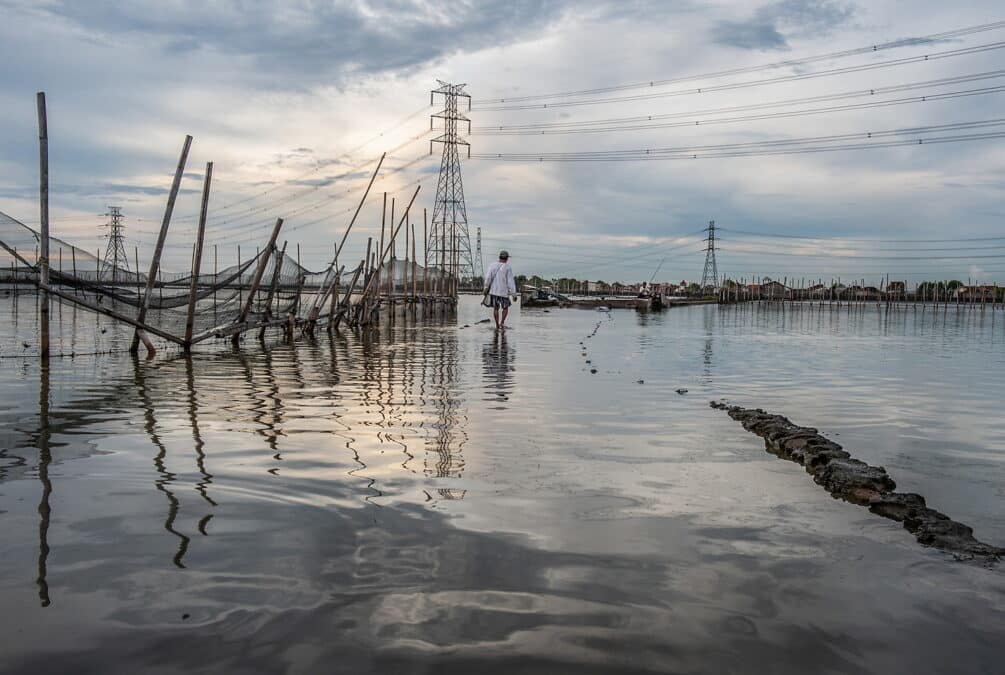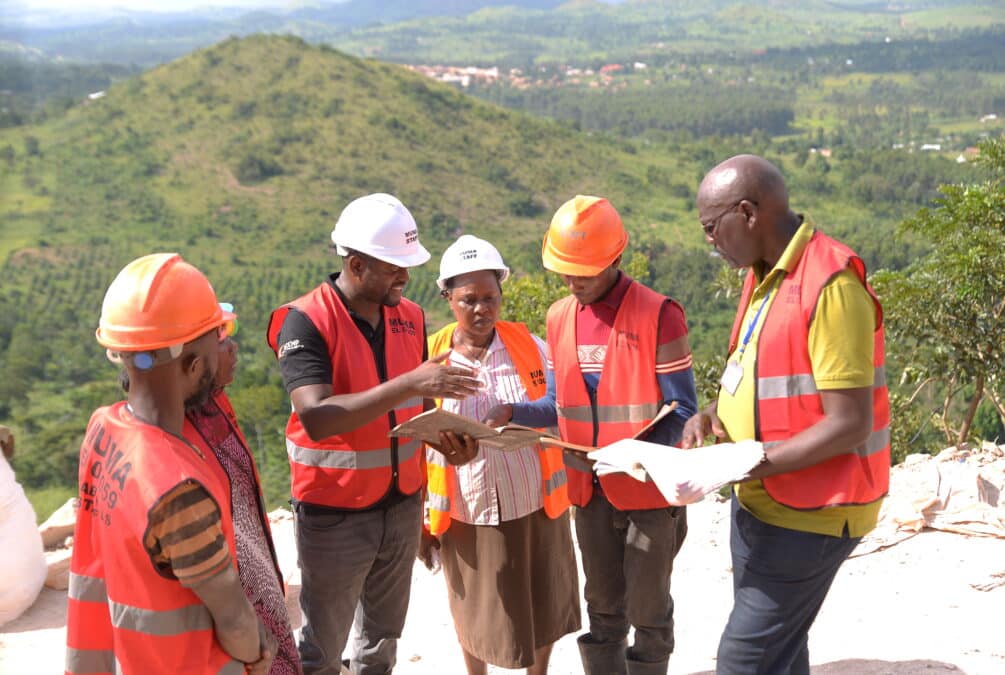Testing
UNICEF launched a 360° documentary about life in a refugee camp, ‘Clouds over Sidra’, and it had people crying behind their goggles. Viewers felt they’d experienced something real, not just watched a film. It drove up donations and got a lot of media attention. Suddenly, everyone in the field of social and sustainable development wanted a piece of this new technology. This was a tool that could bring a foreign reality closer to home and get the public on board. 360° Video was the new empathy machine.
Needless to say expectations were high. 360° Video productions skyrocketed and new production companies sprang up everywhere. Then reality struck; productions were costly, the technology wasn’t perfect, most people didn’t have goggles and storytelling was a challenge.
Had it all been a hype?
Yes and no.

In the frenzy after Clouds over Sidra the main focus was on the new technology, but technology alone is never enough to set people in motion or create impact.
As always storytelling is key and, especially when it comes to 360° video, it’s important to think about who, how and where people watch it. This new technology might not be as revolutionary as some cracked it up to be, but, now the dust has settled it’s clear that 360° video is here to stay. When used in the right way it can and will create impact. It’s an effective tool for offline fundraising at conferences, meetings or even for street marketing, where viewers can immediately take action after watching a video. YouTube and Facebook now also support 360, which means it’s accessible online and can be watched without goggles. Mayor news platforms like The New York Times, Al Jazeera and the Guardian have integrated it in their publications, because it stands out from their regular videos and tells the story from ‘all sides’, literally. In short, 360° video has become more accessible, production costs are down, and with improved image and sound recordings, the immersive quality of 360° video has increased. Still, nothing beats a good story. Technology will only get you that far and telling a story in 2d isn’t the same as telling it in 360.
At Makmende we’ve been making 360 videos around the world, and we’d love to tell you more about our experience. So, where do you want to go?
Watch the teaser for a 360 film project we filmed in Bangladesh for FNV Mondiaal: Pakhuis de Zwijger


